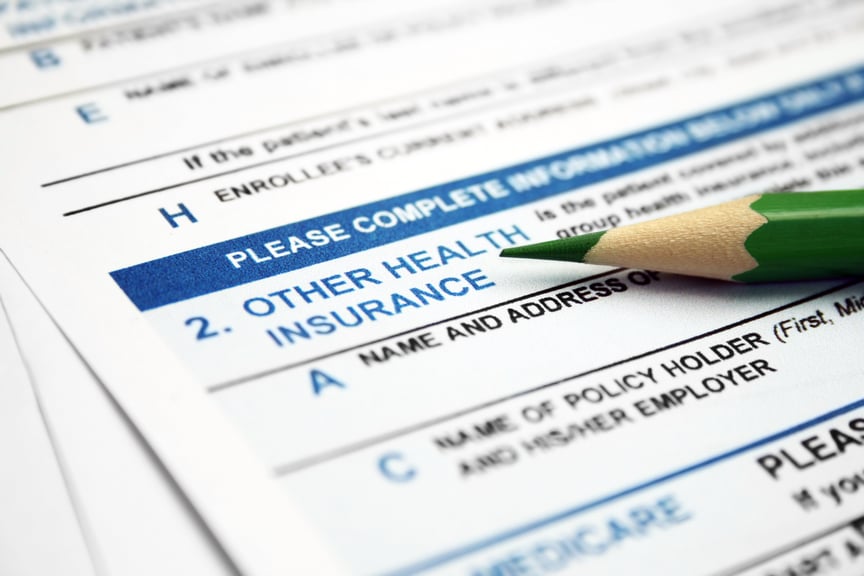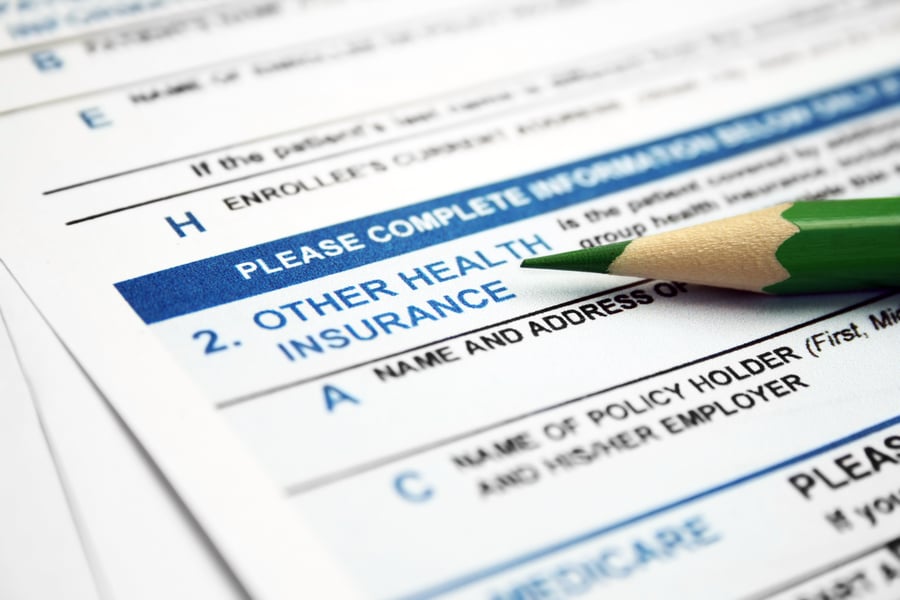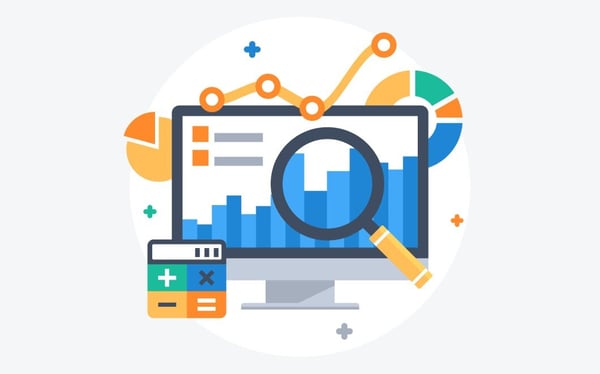The End of Delayed Documentation
Want to Enhance Your Ambulance Billing Efficiency? Start Measuring These KPIs
As an ambulance billing department, it’s important that you identify key performance indicators (KPIs) to evaluate agency performance and efficiency
Was this information valuable?

As an ambulance billing department, it’s important that you identify key performance indicators (KPIs) to evaluate agency performance and efficiency. Specific KPIs can vary per agency, but they are all measurable, objective and actionable. Regardless of what you and your agency choose to measure, once you begin collecting data from your KPIs, the analyzing of that data can initiate triggers for change that will positively impact your billing process. Below are important KPIs on both the front and back end of the billing process that could be an ideal starting place for your agency.

4 Things to Measure Prior to Claim Transmission
1. Billing Lag – Take a look at the average number of days it takes to bill a claim. Start tracking billable trips per day and the “total number of trips to be billed and then establish a baseline that allows for the timeliest billing.
2. Trip Volume and Staffing – Measure trip volumes to identify how many staff are required at a given time. Be sure to take into account the call type: wheelchair, emergency and nonemergency to determine the level of effort needed in the billing department.
3. Pre-Biller and Coder Productivity – Establish benchmarks for both the pre-billing and coding staff productivity to ensure both consistent billing and efficient staffing. Evaluate productivity for a period of time to establish guidelines that are meaningful to you, but don’t allow the quota to become more important than producing quality results.
4. Payor Mix Analysis – The distribution of trips across Medicare, Medicaid and insurance can affect your organization’s revenue. Identify any trends and review whether there are increases in transports or variances in one payer class over another.
3 Back-End Measurements Post Claim Transmission
1. Accounts Receivable Analysis – Look at your accounts receivable (AR) summary to account for balances that have yet to be collected. Then run an aging report to sort the data by trip date and payor type to see if the majority of your AR is being resolved before 90 days. If 40 percent or more are not, problems with your billing process obviously exist. The report should help you identify why claims are getting denied or not paid.
2. Follow-Up/Collections Productivity – Assign productivity standards to set an expectation that a certain number of claims are worked consistently every day. Frequent auditing of the notes and accounts along with evaluating the AR greater than 90 days by payor class will help to determine effectiveness.
3. Denials – Reviewing claim denial specifics over a set period of time can help identify habitual problems. Once these problems are identified, create a long-term strategy to address the issues. For example, the Medicare denial of “Name and ID do not match” can be avoided by placing insurance verification guidelines in the pre-billing department and holding staff accountable to checking the patient’s information against the payor.
Related Posts
4 Must-have Data Points for Dispatch-Billing Alignment and Maximum Reimbursement
Podcast: 4 Ways ePCR Software Can Relieve EMS’ Biggest Headaches
ZOLL Pulse Blog
Subscribe to our blog and receive quality content that makes your job as an EMS & fire, hospital, or AR professional easier.
ZOLL Pulse Blog
Subscribe to our blog and receive quality content that makes your job as an EMS, fire, hospital, or AR professional easier.





